

Masako Akeboshi
Movies for Masako Akeboshi...
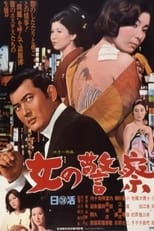
Title: Women's Police
Character: Kanami
Released: February 8, 1969
Type: Movie
Around Ginza there is a night-city of bars and cabarets, hostesses, customers. Assisting to keep order here is Kagari (Akira Kobayashi) who specializes in the women, their problems and troubles. He has saved many a girl from blandishments of pimps, makes customers pay up and women play straight. So he is called 'the woman's police-man' and he takes his job seriously. One day, Chiyoko (Yukiyo Toake), a former hostess, comes to him. Her husband has been murdered and she wants help. The man had been a college classmate and Kagari decides to do what he can. In his investigation he overturns a whole nest of intrigue. Men he had thought irreproachable turn out to be corrupt; solid citizens are seen as the worst kind of scoundrels. Until now, Kagari has specialized in women and their problems. But, realizing the real state of affairs, he rolls up his sleeves for a good cleaning- up-at the same time discovering the murderer of his friend.

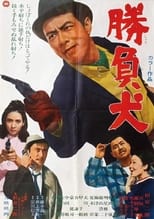
Title: The Silent Gun
Character: Aoyama
Released: October 14, 1967
Type: Movie
A series of murders has been committed by someone with a new model gun, a Mord-Gessel X 38. Indeed, Daisuke himself is almost killed while investigating the case. This occurred while he was with Ritsuko, daughter of a company president. Detective Kimura thinks that the president himself, returned to Japan after an absence of fifteen years, might be the killer, or at least the man who supplied the gun. Ritsuko's father limps and though she explains this as the result of a traffic accident, Kimura remembers a narcotics smuggler named Suginami who shot himself in the ankle and then escaped from the hospital. He believes that the company president and the drug peddler are the same.

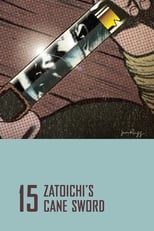
Title: Zatoichi's Cane Sword
Character: Matsu
Released: January 3, 1967
Type: Movie
Zatoichi comes upon the town of Tonda, overrun by gangsters. Using one of his favorite techniques, Zatoichi proceeds to win 8 ryo in a rigged gambling game. Of course, the local gangsters attempt to kill him, and the adventure begins. It turns out a blacksmith named Senzo examines Zatoichi's cane sword, and discovers it to be forged by his old mentor. Senzo discovers the sword is at the end of its usefulness and will break when it is used next.

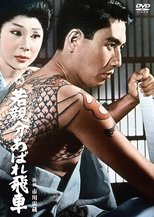

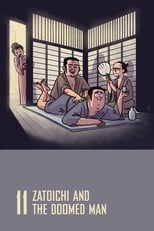
Title: Zatoichi and the Doomed Man
Character: Ochiyo
Released: September 18, 1965
Type: Movie
Blind swordsman Zatoichi, jailed briefly, is implored by another prisoner to aid him in proving his innocence of a crime for which he is sentenced to death. Zatoichi is reluctant to get involved, because he knows how often such involvement has led to trouble in the past. But events conspire to thrust him repeatedly into involvement, and gradually he comes to believe in the man's innocence and determines to free him.


Title: Shinobi No Mono 6: The Last Iga Spy
Released: June 12, 1965
Type: Movie
[Period covered: 1637-1651] This is one of the most complicated plots of any of the Shinobi no Mono films! This film tells the story of Saizo’s son, Kirigakure Saisuke, who after seeing his father die at the Battle Of Shimabara, grows up to be an expert ninja. Before he dies, “Mist” Saizo tells his children Saisuke, and Yuri that they are not really brother and sister. She, in fact, is the daughter of the late lord Sanada Yukimura, and must be saved from the shogun’s forces. In the chess match of spy versus spy, can Saisuke defeat the shogun’s chief strategist, Matsudaira Izunokami at his own game? Showing many exciting ninja tactics, it is not to be missed.

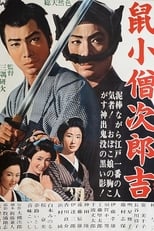
Title: Nezumi Kozo Jirokichi
Released: April 3, 1965
Type: Movie
Nezumi Kozō is the nickname of Nakamura Jirokichi, a Japanese thief and folk hero who lived in Edo during the Edo period. His exploits have been commemorated in kabuki theatre, folk songs, jidaigeki, and modern pop culture.
